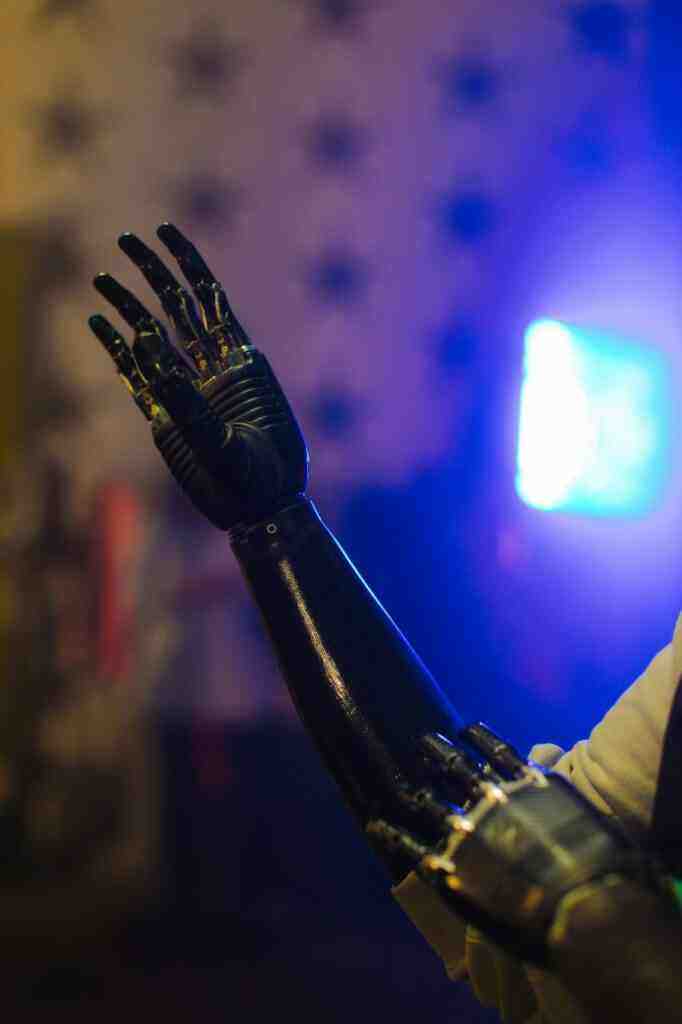Embodiment of Humanoid Robots: The iCub3 Avatar System
In the realm of robotics, the concept of embodying humanoid robots by human operators has captured the imagination of researchers and enthusiasts alike. This article delves into the development of the iCub3 avatar system, a groundbreaking technology that enables remote embodiment of humanoid robots with comprehensive sensory feedback. Join us as we explore the intricacies of this system, its real-world applications, and the challenges it seeks to overcome.
The iCub3 Avatar System: A Technological Masterpiece
The iCub3 avatar system is the brainchild of the Artificial and Mechanical Intelligence (AMI) lab at the Istituto Italiano di Tecnologia (IIT-Italian Institute of Technology) in Genova, Italy. This system seamlessly integrates the iCub3 robot, a humanoid platform developed at IIT, with the wearable iFeel technologies that monitor human body motions. The result is an immersive embodiment experience where human operators can control the robot’s movements, perceive its surroundings, and interact with the physical world as if they were physically present.
Real-World Testing: Pushing the Boundaries of Embodiment
To evaluate the capabilities and address the challenges of the iCub3 avatar system, the IIT research group conducted three real-world tests that pushed the boundaries of human-robot interaction:
1. Biennale di Venezia (2021): A Remote Artistic Journey
In 2021, a human operator in Genoa embarked on a unique artistic journey by remotely controlling the iCub3 avatar at the prestigious Biennale di Venezia in Venice, approximately 300 kilometers away. The operator navigated the delicate art exhibition, experiencing the beauty and intricacies of the artworks through the robot’s eyes. This test highlighted the system’s ability to operate in complex environments, requiring stable remote communications and cautious robot movement.
2. We Make Future Show (2022): Embodiment in the Spotlight
The iCub3 avatar system took center stage at the We Make Future Show in 2022, where it captivated audiences with its remarkable capabilities. Controlled by an operator in Genoa, the robot gracefully received and transported a payload from a person while navigating the theater stage before an enthralled audience of around 2,000 spectators. This test showcased the system’s precision, adaptability, and ability to seamlessly interact with humans in a dynamic setting.
3. ANA Avatar XPrize (2022): Competing on the Global Stage
The iCub3 avatar system competed in the prestigious ANA Avatar XPrize, an international challenge that sought to develop avatar systems capable of enabling remote presence and interaction in real-world settings. The system demonstrated its prowess in various tasks, including object manipulation, navigation, and communication, competing against teams from around the world. Its performance in this competition highlighted its potential for practical applications in diverse fields.
Challenges Faced and Solutions Found
The development of the iCub3 avatar system was not without its challenges. The research team encountered several hurdles that required innovative solutions:
1. Communication Delay: Bridging the Gap
Minimizing the delay between the operator’s actions and the robot’s response was paramount for a seamless embodiment experience. To overcome this challenge, the team employed high-speed internet connections and optimized the system’s communication protocols, effectively reducing latency and ensuring smooth and responsive control.
2. Sensory Feedback Integration: Creating a Sensory Symphony
Providing comprehensive sensory feedback to the operator was essential for effective embodiment. The team developed custom haptic devices and integrated them with the iFeel suit to convey tactile sensations, weight perception, and touch. These devices allowed the operator to feel the robot’s interactions with the environment, enhancing the sense of presence and control.
3. Safety and Reliability: Ensuring Unwavering Performance
The robot’s operation in public spaces demanded strict safety measures. The team implemented comprehensive safety protocols and ensured that the robot’s movements were controlled, predictable, and safe for both the operator and the surrounding environment.
4. Adaptability to Different Environments: Embracing Diversity
The system needed to adapt to various environments and scenarios. The team designed the iCub3 robot with modular components and developed software tools for rapid reconfiguration and adaptation to different tasks. This adaptability allowed the system to excel in diverse settings, from art exhibitions to theater stages.
Conclusion: A Glimpse into the Future of Human-Robot Interaction
The iCub3 avatar system represents a significant milestone in the field of humanoid robot embodiment. Through continuous testing in real-world scenarios, the research team at IIT has demonstrated the system’s capabilities in remote operation, manipulation, navigation, and communication. The successful implementation of the iCub3 avatar system paves the way for future applications in various domains, such as remote assistance, education, entertainment, and space exploration. The system’s adaptability and modularity make it a promising platform for further research and development in the field of human-robot interaction, bringing us closer to a future where humans and robots collaborate seamlessly to achieve extraordinary feats.
